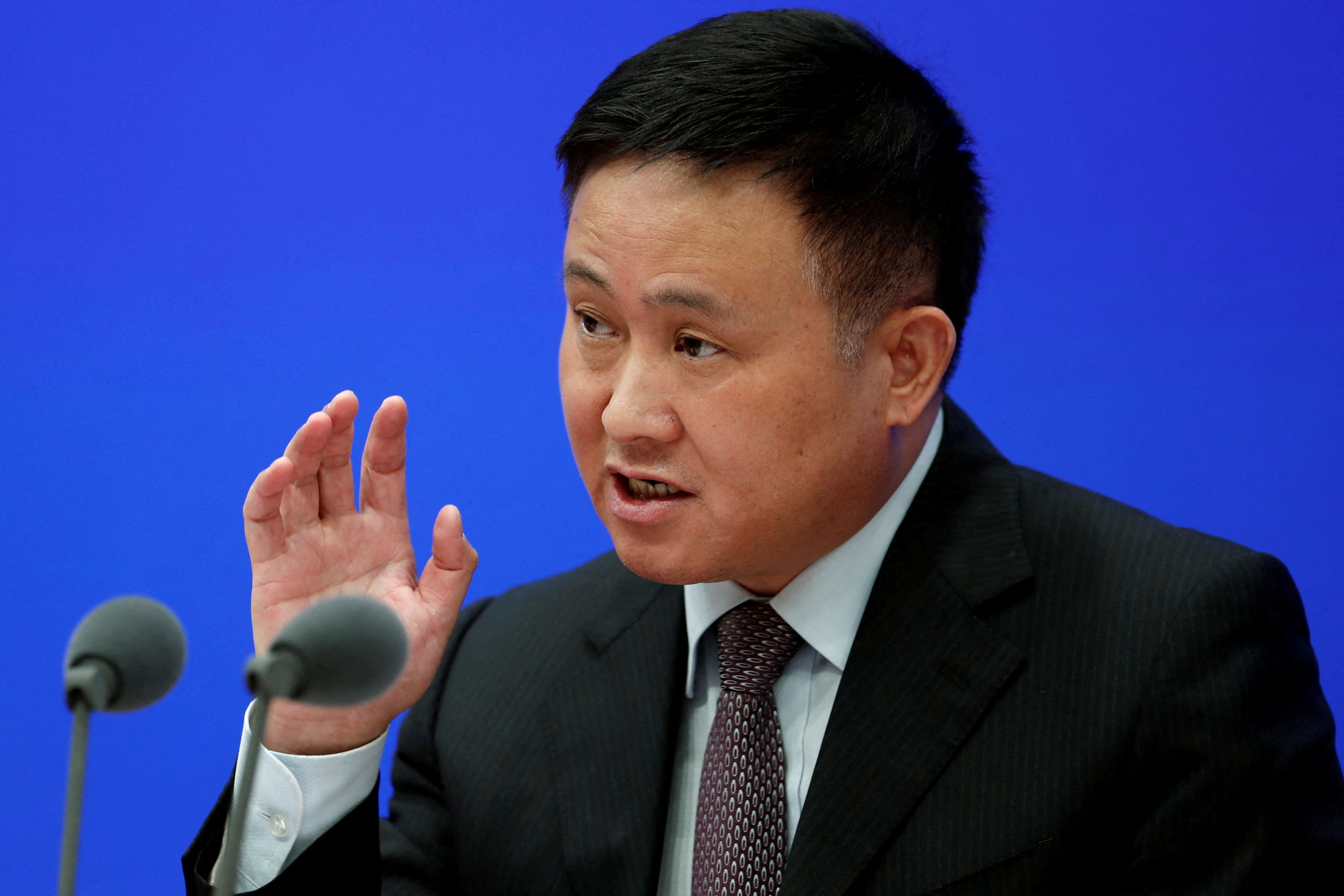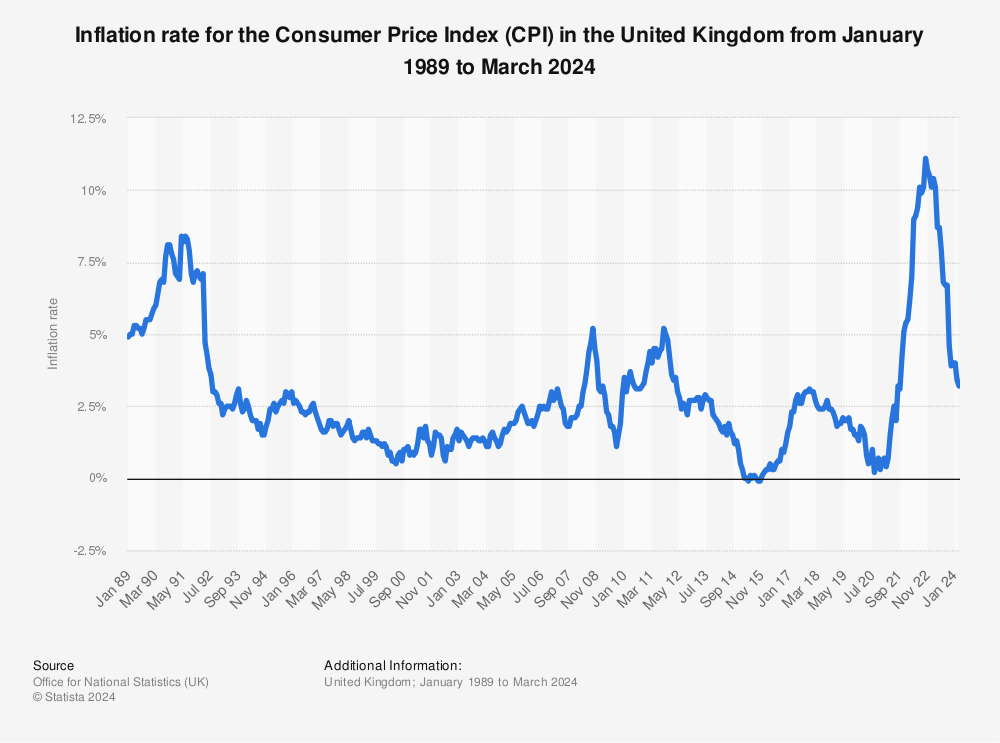Alright folks, let’s cut through the noise. This weekend delivered a hefty dose of geopolitical drama and some unsettling economic data. China’s consumer price index dipped 0.1% year-on-year in April, and producer prices fell 2.7%. Let that sink in. Deflationary pressures are building, and Beijing is clearly responding.
The chatter from 玉渊谭天 suggests China is aggressively seeking alternatives to US products ahead of the ongoing US-China trade talks in Geneva. Watch this space; it’s a clear signal of strategic maneuvering. And let’s be clear, China isn’t backing down on principles, as New华时评 emphasized – no concessions just for the sake of a deal. Xi Jinping’s return from Russia after the Victory Day celebrations, frankly, feels like a power play in itself.
Meanwhile, Nvidia is prepping a modified H20 chip for Chinese customers in July – a workaround, admittedly, but still a constraint. And a stark reminder of the tech war. On the domestic front, Chongqing University is dealing with a scandalous case of academic misconduct involving alleged fabrication of 14 SCI papers. Seriously, the level of fraud is appalling.
Internationally, Brazil’s Lula is heading to China, a relationship that’s increasingly vital. South Korea is seeing political upheaval with Lee Jae-myung’s presidential bid. A fragile ceasefire has been announced between India and Pakistan, brokered (or at least, according to Trump) by the US. But reports of explosions after the announcement and continued suspension of the Indus Water Treaty don’t inspire confidence. It feels remarkably…precarious.
Diving Deeper: Understanding Deflationary Pressures
Deflation, the sustained decrease in the general price level of goods and services, is rarely a welcome economic sign. It can signal weak demand, prompting consumers to delay purchases expecting prices to fall further.
This can then create a vicious cycle, slowing economic growth and potentially leading to recession.
Central banks generally aim for a low, stable rate of inflation – around 2% – to foster healthy economic activity.
China’s recent deflationary figures are particularly noteworthy as they highlight the challenges facing the world’s second-largest economy.
Understanding the causes – like overcapacity, weak domestic demand, and global economic slowdown – is crucial for investors and policymakers alike.







